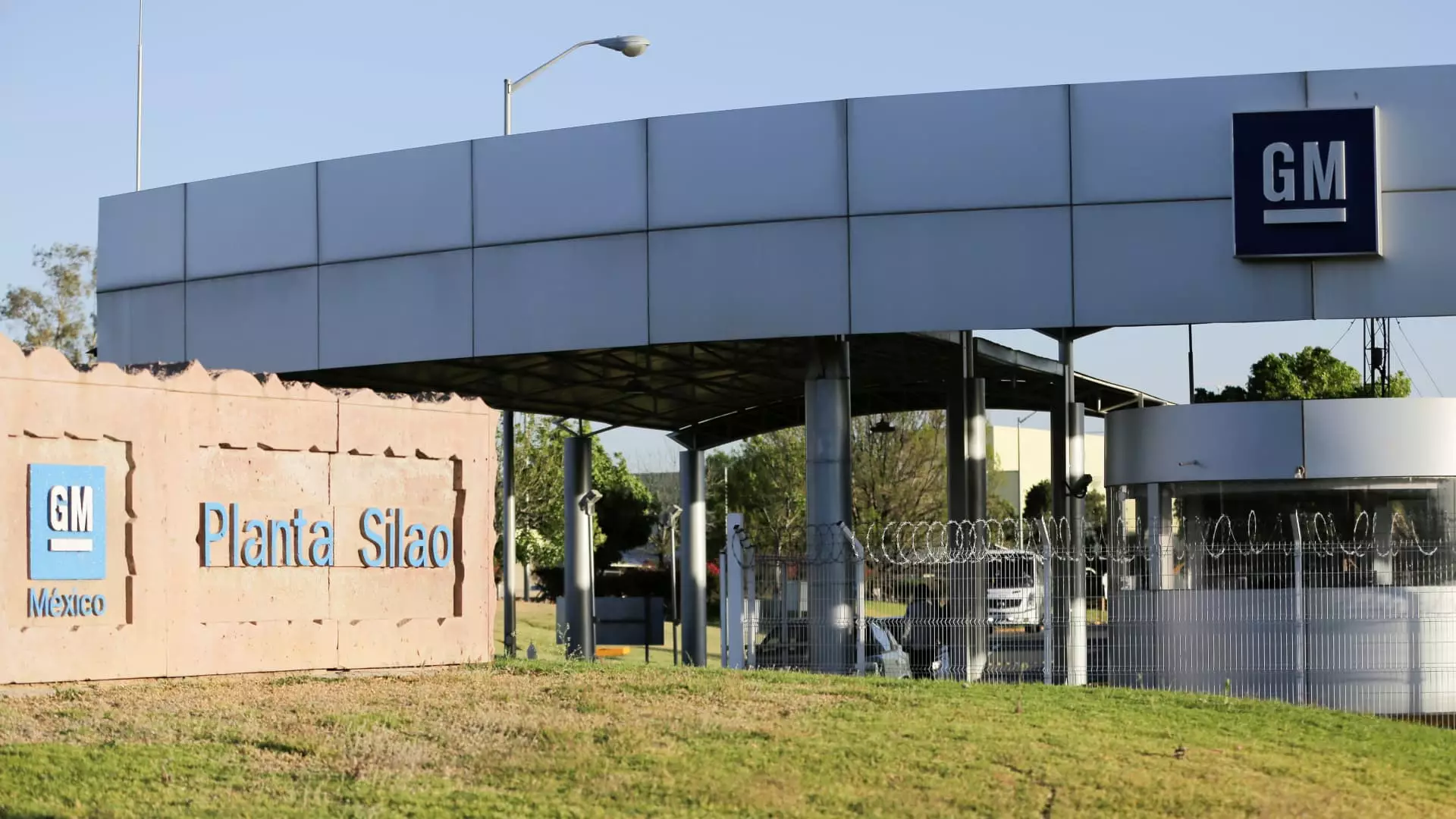The U.S. automotive sector is facing an increasingly precarious situation, fueled by intense competition from China and unfavorable domestic trends. Analyst Adam Jonas of Morgan Stanley has recently downgraded major players like Ford Motor Company and General Motors, providing a stark assessment of the industry’s challenges. This analysis delves deep into the implications of these downgrades, the current market climate, and potential future directions for the auto industry.
One of the most pressing concerns for U.S. car manufacturers is the rise of China’s automotive production capacity, which has thrown the competitive landscape into disarray. Jonas emphasizes that China produces nine million more vehicles than it actually consumes, significantly affecting the global market dynamics. He articulates that even if these excess vehicles do not directly flood the U.S. market, the ramifications of lost market share for U.S. companies cannot be ignored. Understanding the idea of “fungibility” in this context is essential; it implies that the consequences of diminished competitive strength can ripple through to impact the financial stability of domestic manufacturers, putting additional pressure on shares.
Jonas has downgraded Ford to an “equal weight” rating and reduced its price target, indicating that market conditions could lead to stagnated or declining stock performance. GM has also seen a drop in its rating to “underweight,” with an adjusted target price suggesting further declines. This shift calls into question the very foundation of U.S. auto manufacturing and how well these companies can adapt to an aggressive international competitor.
Adding to the pressure from abroad are the deteriorating conditions within the U.S. market itself. Car inventories are rising, reflecting a possible oversupply that could lead to greater discounts and margin erosion. This is compounded by glaring issues of vehicle affordability, which are out of reach for many American households. Rising interest rates and poor credit conditions inhibit consumer spending on new vehicles, further challenging an industry already grappling with competitive disadvantages.
Jonas warns of what he describes as peak earnings for these auto manufacturers. With GM having recently adjusted its full-year earnings guidance due to resilient sales of internal combustion engine vehicles, the optimism exhibited by some investors may need to be tempered. The precarious balance between high production costs and consumer demand is on a knife’s edge, and any misstep can have serious repercussions.
Additionally, the growing emphasis on electric vehicles (EVs) adds another layer of complexity to the situation. Rivian, an EV startup previously seen as a beacon of potential, has also been downgraded by Jonas. The capital intensity associated with developing autonomous vehicles and sustaining technological partnerships, like their collaboration with Volkswagen, raises serious questions about the feasibility of growth in this competitive space. The transition toward electric mobility is not just a technological leap; it is a financial gamble that may not yield immediate returns for investors.
Interestingly, the narrative surrounding rate cuts by the Federal Reserve is usually associated with a potential windfall for cyclical stocks, including automakers. However, Jonas presents a contrarian viewpoint, suggesting that there are more promising avenues to capitalize on shifts in monetary policy than investing in traditional automotive stocks. This perspective indicates a profound uncertainty about the ability of domestic automotive companies to leverage such changes effectively.
In closing, the outlook for the U.S. auto industry, as articulated by Adam Jonas, paints a picture of an industry grappling with both external and internal pressures. The challenges posed by Chinese market competition, rising domestic inventories, low affordability, and the costly shift to electric vehicles create a multifaceted threat that could stifle the growth of giants like Ford and GM. Investors may need to recalibrate their expectations and strategies, seeking how to navigate an evolving landscape filled with uncertainty. The stakes have never been higher, and the auto industry’s future hangs in the balance.

